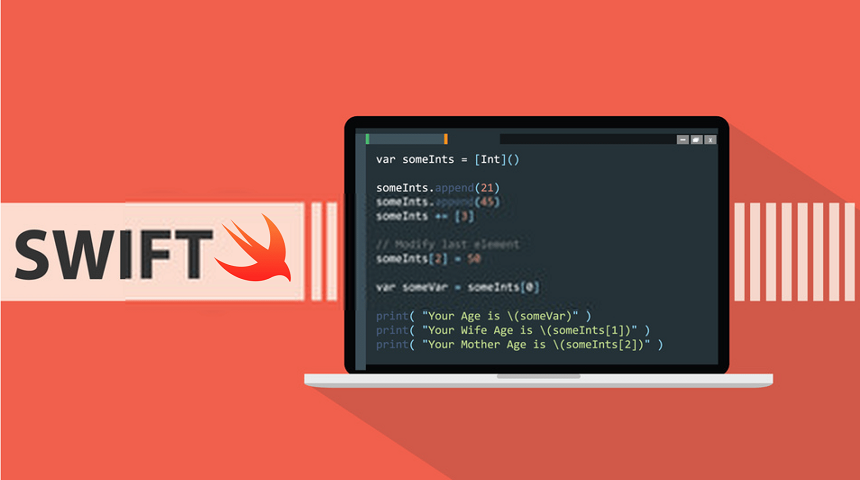
Free eBooks for Beginners
Swift is a modern, fast, and easy-to-use programming language that is quickly becoming popular among developers. For beginner Swift programmers, understanding the completion handler is one of the key concepts to master. In this article, we will discuss what a completion handler is and why it is used in Swift.
A completion handler is a block of code that is executed when a task is completed. It is used to perform additional processing or to return results from the completed task. This block of code is also referred to as a callback function. Completion handlers are commonly used in Swift for network requests, database transactions, and other long-running operations.
For example, let’s say you are making a network request to fetch data from a server. Instead of waiting for the response and blocking the main thread, you can make the request asynchronously. Once the request is completed, the completion handler is called and the data is returned to the calling function. This way, you can avoid freezing the user interface and keep the app responsive.
Completion handlers are defined using closure syntax in Swift. A closure is a self-contained block of code that can be passed around and executed later. In the case of completion handlers, the closure is passed as an argument to a function and executed when the task is completed.
Here’s an example of how you can use a completion handler in Swift:
func fetchData(completion: @escaping (Result<Data>) -> Void) {
// Perform network request
let data = ... completion(.success(data))
}
fetchData { result in
switch result {
case .success(let data):
// Handle success
case .failure(let error):
// Handle error
}
}In this example, the fetchData function takes a completion handler as an argument. The completion handler is defined using closure syntax and passed as an argument to the function. The function then performs a network request and returns the data using the completion handler.
It’s important to note that completion handlers can also be used to return errors. In the example above, the Result type is used to either return the data or an error. This way, the calling function can handle both success and failure scenarios.
In conclusion, completion handlers are an essential concept for Swift beginners to understand. They are used to perform additional processing or return results from long-running operations, and are defined using closure syntax in Swift. Whether you are making network requests, performing database transactions, or any other long-running operation, completion handlers can help you make your code more readable, maintainable, and responsive.
Cookbook – SWIFT for Beginners – Chapter 49: Completion Handler
 Loading...
Loading...
Disclaimer: The information and code presented within this recipe/tutorial is only for educational and coaching purposes for beginners and developers. Anyone can practice and apply the recipe/tutorial presented here, but the reader is taking full responsibility for his/her actions. The author (content curator) of this recipe (code / program) has made every effort to ensure the accuracy of the information was correct at time of publication. The author (content curator) does not assume and hereby disclaims any liability to any party for any loss, damage, or disruption caused by errors or omissions, whether such errors or omissions result from accident, negligence, or any other cause. The information presented here could also be found in public knowledge domains.